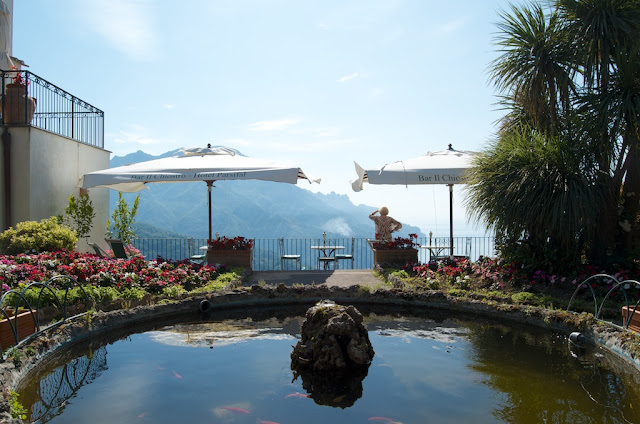We are back. While other people have been holidaying here in Umbertide, we have been gone. We left May 25th with our dear friends from California, Ed and Lorraine. We visited Venice, Florence the Amalfi Coast and Milano and just recently returned to Umbertide.
Venice was stunning as usual. The gang went to La Fenice to see the opera Madame Butterfly. The staging was modern and the performance was very good, although our musical expert Ed, thought the orchestra was stronger than the vocalists. If you have a chance to see a performance at this theater, we highly recommend it. The name, La Fenice means the Phoenix and indeed the theater has risen from its ashes several times, having been burned and then restored.
If you have the time, I recommend taking a tour or buy tickets to see a performace.
http://www.teatrolafenice.it/site/index.php?&pag=497&lingua=eng
Venice was crowded and we were happy we had made water taxi reservations on line.
http://www.motoscafivenezia.it/eng/ If there are more than 2 of you, it is not as expensive as you might think and it beats being squished into the vaporetto with all of your luggage and you hanging off the side of the boat. We mainly walked around and tried to avoid the crowds.
Florence was a quick trip and then we were on to Ravello.
I have heard about the Amalfi coast for years, but we never made our way down there, thinking it would be too crowded, too touristy. Indeed it is both those things, but still is worth the trip. We took the Freccia Rossa (Fast red arrow) train from Florence to Naples and then arranged for someone to pick us up at the train station. Driving on those twisty, turny roads is not something the Stoic One or Edward wanted to do. It worked perfectly. We were picked up and then were dropped at our hotel about 30 minutes later. Ravello is not on the coast itself, but its placement allows for fantastic views.
We stayed at the Hotel Parsifal, a 3 star hotel with a view that went forever, and flawless customer service.
Ravello was founded in the 5th century. The town has an amazing number of villas worth visiting and has a history of rich patricians who came and stayed in this area. It is now called the City of Music because of its music festival that goes from June through September.
The 1953 film,
Beat the Devil was shot in Ravello. It was often visited by Jackie Kennedy and Gore Vidal once had his home here. It is a very tranquil, peaceful place that we enjoyed very much.
There were many places to sit, have an aperativo and admire the view.
There are still the touristy stores here, but nothing like the craziness of Amalfi. Look at the lemons that are being sold at this market. They are in the top basket on the right hand side. They look like grapefruit but they are a variety of lemons called "cedro"!
A typical store in Ravello. I loved the ceramic dog who guarded the entrance.
This was a store that caused us all to pause and wonder about its wares.
We did not see Sophia Loren hanging around, but the men kept a look out.
We went to visit the Villa Cimbrone. This villa's history goes back 900 years. The gardens are definitely worth a stop. They were developed in the 20th century by Lord Grimthorpe...don't you love these English names?
Our St. Francis shows up everywhere in Italy.
The views of the moonlight on the sea were equally romantic. There is a softness about the colours and air that induces a sense of serenity.
We did venture down the mountain to visit Amalfi. The Duomo is definitely worth the time and effort to see.
The Cathedral of St. Andrew is up on a hill for protection. The coastline made this part of Italy easy pickings for any aggressors who came by sea. A way of protection was to have parts of the town built on top of the hills and then the streets were very narrow and windy. As the soldiers would climb the streets, they would be met by boiling olive oil poured down upon them.
The Cathedral was built in the 1200's. The remarkable thing about it is the crypt inside that holds the relics of St. Andrew.
The craftsmanship and artistry of this cathdral is a bit overwhelming. We all sat in one of the pews, and quietly reflected upon the life's work of these people from 800 years ago.
And then, of course, to lunch.
The water is so clear, and the fish, as expected was fresh and excellent.
We enjoyed Amalfi, but we were very happy to return to our quiet spot in Ravello.




















































